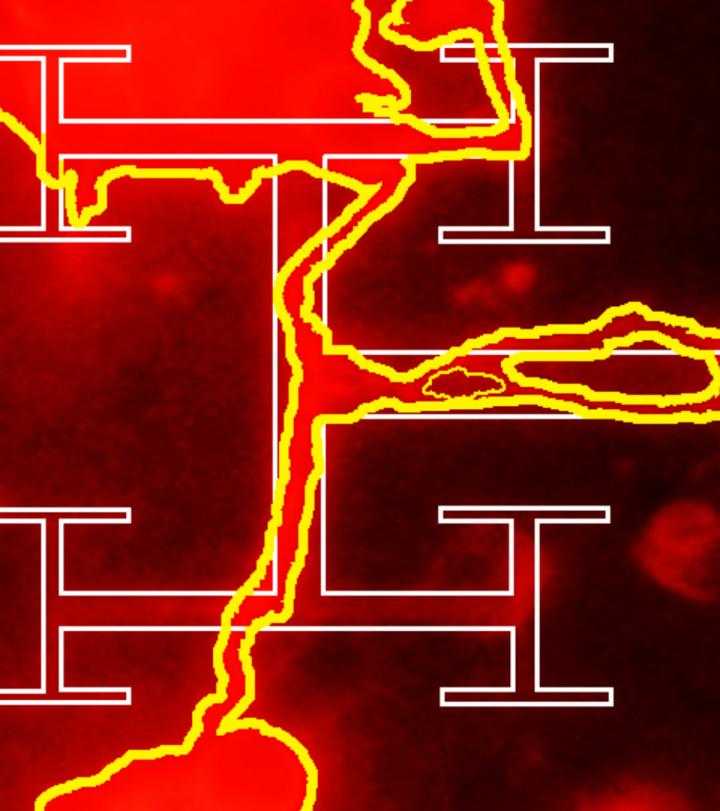Both an organization and a podcast series, Lost Women of Science is preparing for its second, third, and fourth podcasts seasons thanks to a grant announced in a November 19, 2021 Lost Women of Science news release (on Cision),
Journalist and author Katie Hafner, and bioethicist Amy Scharf, today announced that the Lost Women of Science podcast series will continue for an additional three seasons thanks to a grant award of $446,760 from the Gordon and Betty Moore Foundation. The podcast series will continue its partnership with public media organization PRX and the award-winning Scientific American magazine.
The first season features multiple in-depth episodes centered on Dr. Dorothy Andersen, a pediatric pathologist who identified and named cystic fibrosis in 1938. Three episodes are now available across all major podcast listening platforms, including Apple Podcasts, Google Podcasts, Spotify, Stitcher, and Amazon Music. The fourth episode [I believe it’s Season 1] will be released on Thanksgiving Day [November 25, 2021].
Genny Biggs, Special Projects Officer of the Gordon and Betty Moore Foundation said, “We have been excited about this project from our initial conversations and have been pleased to see the results. Our history books have unfortunately taught us too little about these women and we support bringing their stories to the forefront. We hope they will inspire the next generation of female scientists.”
Hafner said, “The response to the podcast so far has been overwhelmingly positive. We could not be more grateful to the Gordon and Betty Moore Foundation, not only for early funding to help us get started, but for continued support and confidence that will allow us to tell more stories.”
Dr. Maria Klawe, President of Harvey Mudd College and Chair of the Lost Women of Science Initiative Advisory Board, said, “It’s wonderful that the Gordon and Betty Moore Foundation recognizes that women have been making great contributions to science for centuries, even though they’re often not recognized. And the rich storytelling approach has deep impact in helping people understand the importance of a scientist’s work.”
Earlier funding for Lost Women of Science has come from the Gordon and Betty Moore Foundation, Schmidt Futures and the John Templeton Foundation. The Initiative is also partnering with Barnard College at Columbia University, one-third of whose graduates are STEM majors. Harvey Mudd College graciously served as an early Fiscal Sponsor.
To learn more about the Lost Women of Science Initiative, or to donate to this important work, please visit: www.lostwomenofscience.org and follow @lostwomenofsci.
About Lost Women of Science:
The Lost Women of Science Initiativeis a 501(c)3 nonprofit with two overarching and interrelated missions: to tell the story of female scientists who made groundbreaking achievements in their fields, yet remain largely unknown to the general public, and to inspire girls and young women to pursue education and careers in STEM. The Initiative’s flagship is its Lost Women of Science podcast series. As a full, mission-driven organization, the Lost Women of Science Initiative plans to digitize and archive its research, and to make all primary source material available to students and historians of science.
About the Gordon and Betty Moore Foundation:
The Gordon and Betty Moore Foundation fosters path-breaking scientific discovery, environmental conservation, patient care improvements and preservation of the special character of the Bay Area. Visit Moore.org and follow @MooreFound.
You can listen to this trailer for Season 1,
The four episodes currently available constitute a four-part series on Dorothy Andersen, her work, and how she got ‘lost’. You can find the podcasts here.
Thank you to the publicist who sent the announcement about the grant!
